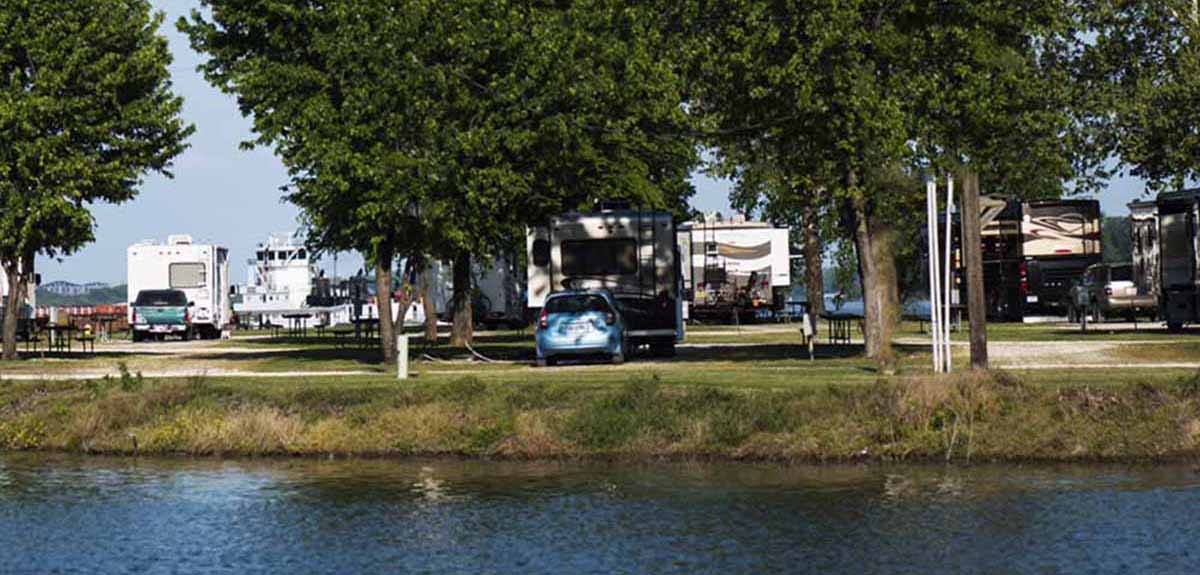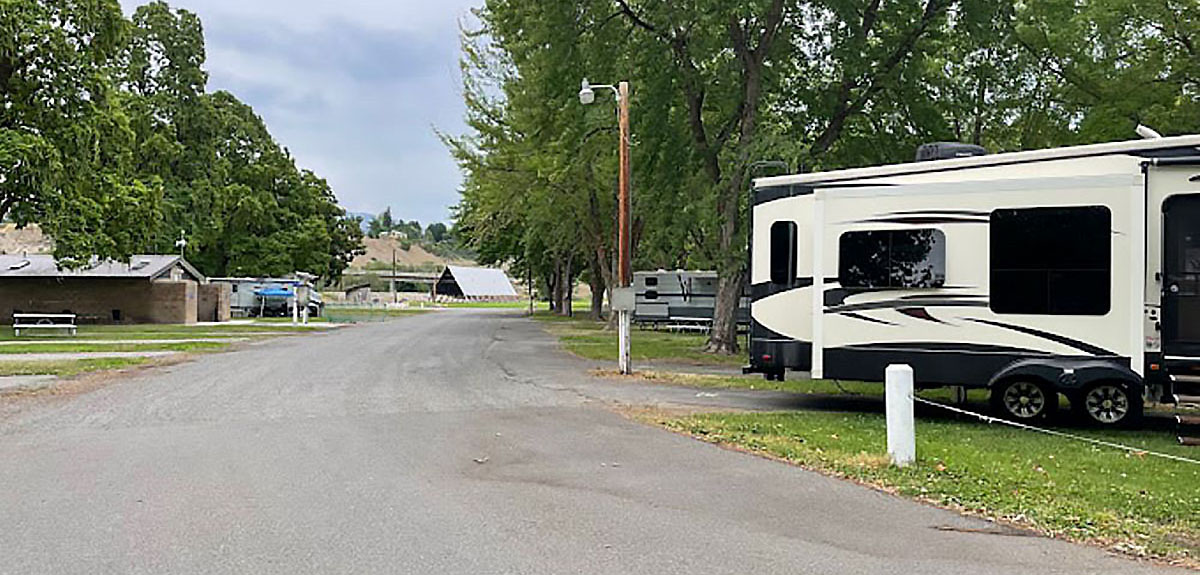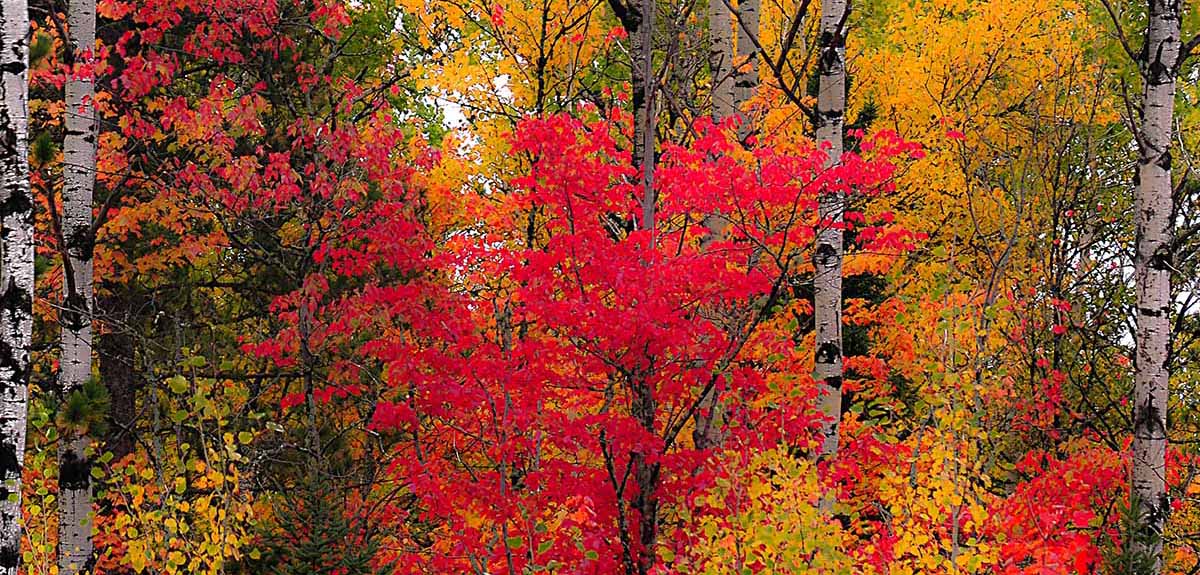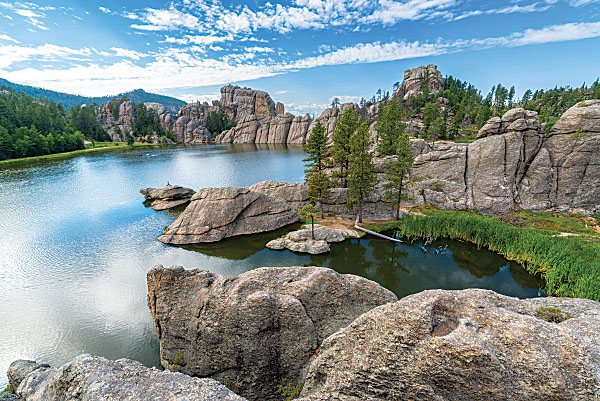Happy Trails!
Image Caption: Photo Credit: Lisa Ballard
The difference between a “walk” and a “hike” is mostly about setting and destination. You can walk around a campground, or groomed paths. Hiking takes you to an inspiring place, like a mountaintop or a pristine lake. It’s a trek in the woods or above them, into the alpine zone, where you see rare flora and interesting fauna.
The exercise makes you healthier, gives you a feeling of accomplishment, and creates lasting memories with your friends and families. Be sure to lather up with sunscreen and use insect repellent if you’re heading into mosquito and tick country. The trailheads for some of the best backcountry routes leave from campgrounds or very close to them. Here’s what you need to know to take a walk on the wild side:
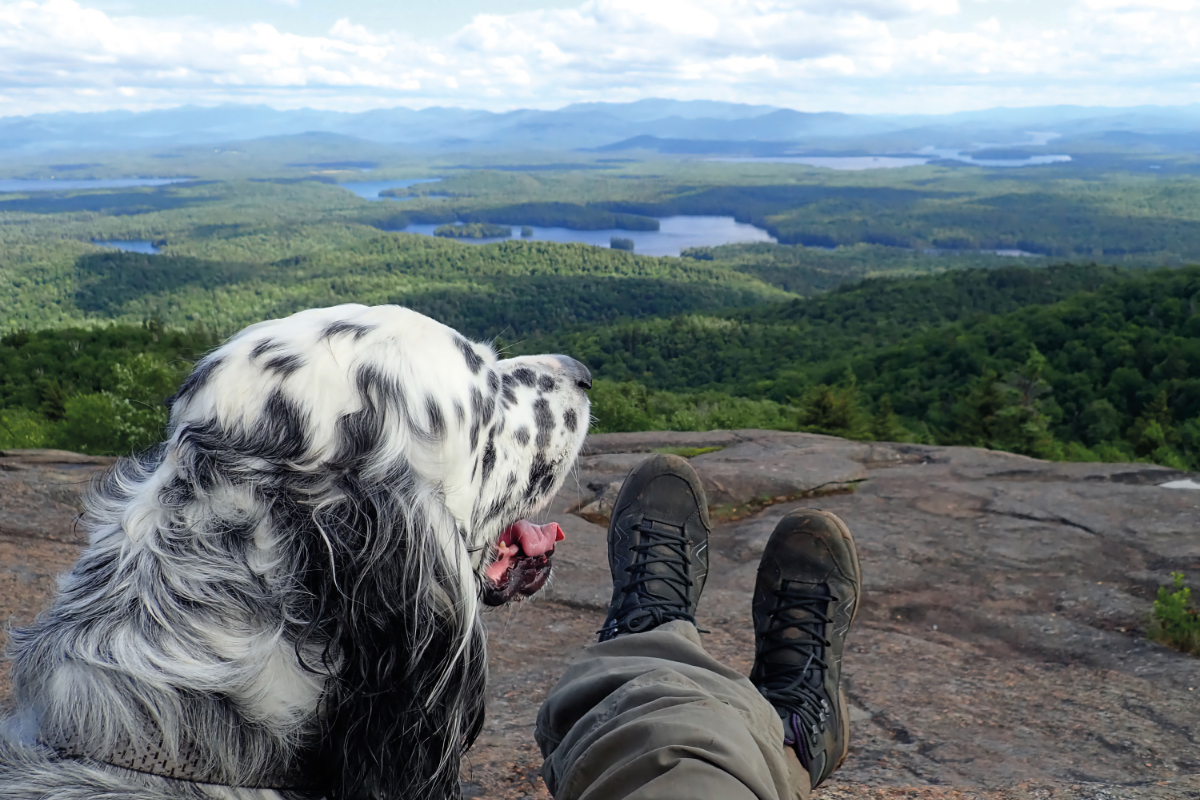
Photo Credit: Lisa Ballard
Where to Go
There are countless outstanding hikes throughout the United States. These five favorites are worth putting on your to-do list as you plan your next camping adventures:
Franconia Ridge Loop, New Hampshire
This classic 8.9-mile loop departs from Lafayette Campground in Franconia Notch State Park then climbs past gorgeous cascades en route to two 5,000-footers, Mount Lincoln and Mount Lafayette. The walk across the alpine ridge between these two peaks is one of the high points along the Appalachian Trail for its eye-popping views of the surrounding White Mountains.
Split Rock Loop, Minnesota
Seeing this hike’s namesake, Split Rock, is only one of its attractions. The five-mile route hugs the Split Rock River, passing by several beautiful waterfalls. It also coincides with a section of Superior Hiking Trail with superlative views of Lake Superior. The best camping is at Gooseberry Falls State Park, where you’ll find more hiking options.
Handies Peak, Colorado
Handies Peak is among the “easiest” of Colorado’s 14,000-footers. From the American Basin Trailhead, the four-mile footpath traverses acres of stunning wildflowers. For anglers, Sloan Lake—a mile below the summit—is loaded with colorful cutthroat trout. The air is thin, but you’ll truly feel on top of the world on the summit. The best camping is in Lake City.
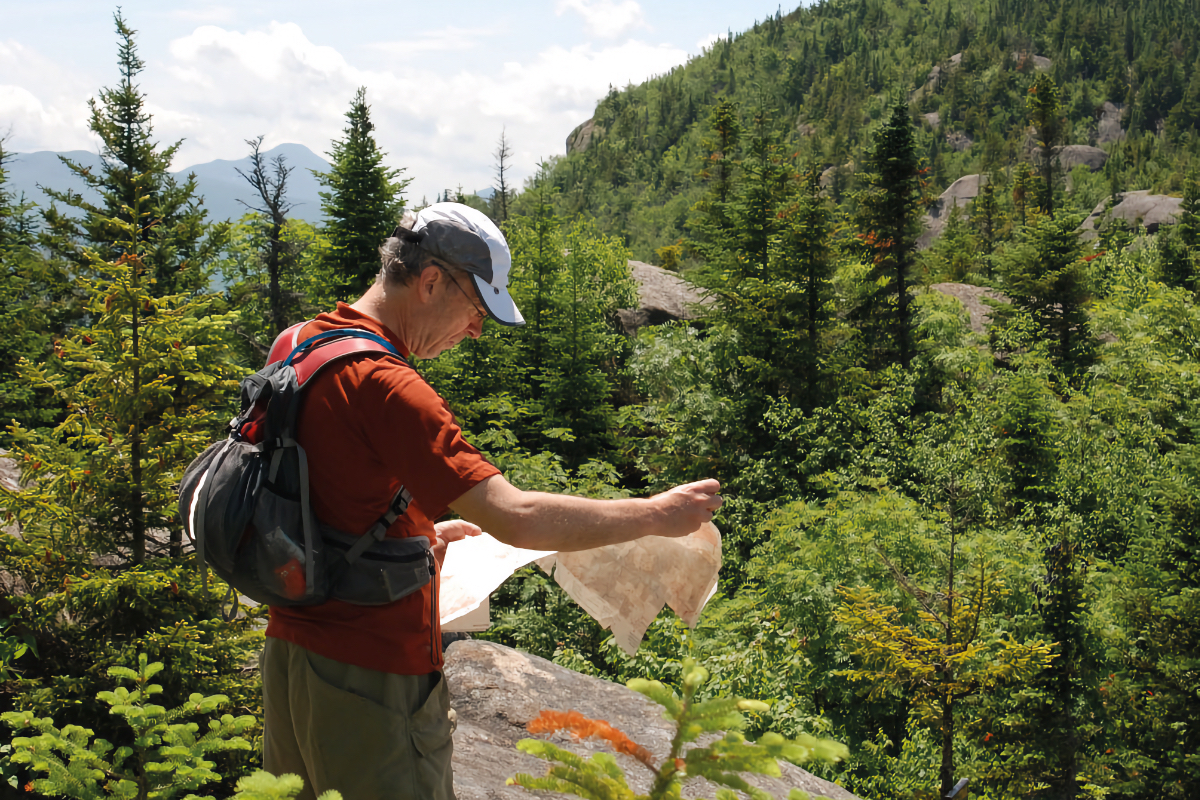
Photo Credit: Lisa Ballard
Hurricane Mountain, New York
Of the many historic fire towers across the Northeast, the one atop Hurricane Mountain is a standout for its views of Lake Champlain and the Adirondack High Peaks. It’s a 3.4-mile climb to a panorama that includes Mount Mansfield, the highest peak in Vermont, and Mount Marcy, the highest in New York. Camp at the nearby Lake Placid/Whiteface Mtn. KOA.
Black Elk Peak, South Dakota
Black Elk Peak (formerly Harney Peak) is the hiking gem of the Black Hills. The trailhead is by Sylvan Lake Campground in Custer State Park. It’s a 3.5-mile climb to an abandoned stone fire tower, the highest point between the Rocky Mountains and the Pyrenees in France. The views extend to Wyoming, Montana, and Nebraska on a clear day.
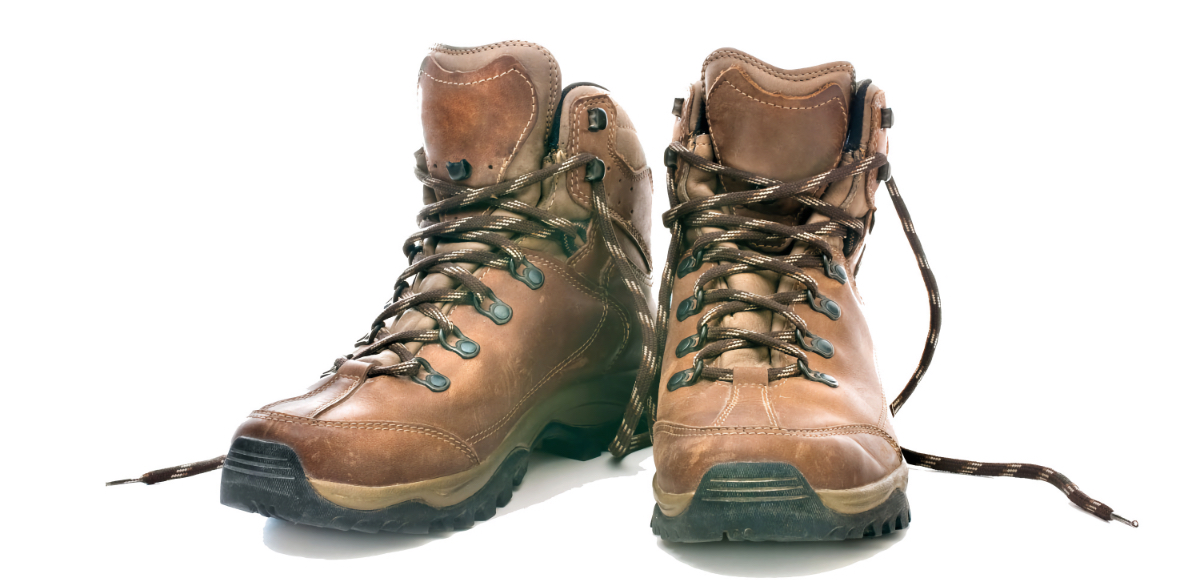
Photo Credit: Getty
Gearing Up
Hiking Poles: Hiking poles take the stress off your joints—especially when going downhill— and aid stability on slippery rocks.
Navigation: Hiking apps work, but cell phones can run out of juice or have no signal. Always bring a map and either a GPS or an old-fashioned compass.
Hiking Boots/Shoes: Real hiking boots or shoes support and protect your feet, give you better traction, and reduce leg fatigue. Consider Gore-Tex boots if the trail might be wet or have river or stream crossings.
Whistle: Your day pack may have come with a whistle on the sternum strap. If not, get one. If you need to call for help, a whistle is louder and more sustainable than your voice.
Wool or Wicking Apparel: Layers don’t work if one of them is cotton, which holds moisture and can lead to hypothermia. If you’re opposed to synthetics, opt for wool, which stays warm when wet.
Bear Spray: When in bear country, keep it handy—not buried inside your pack.
Bandana: Use this “all-purpose rag” to wipe your nose, hands, or perspiration; as a short rope; a washcloth; and a bandage. It has myriad other uses.
Headlamp: You might not plan to hike in the dark, but unplanned delays happen.
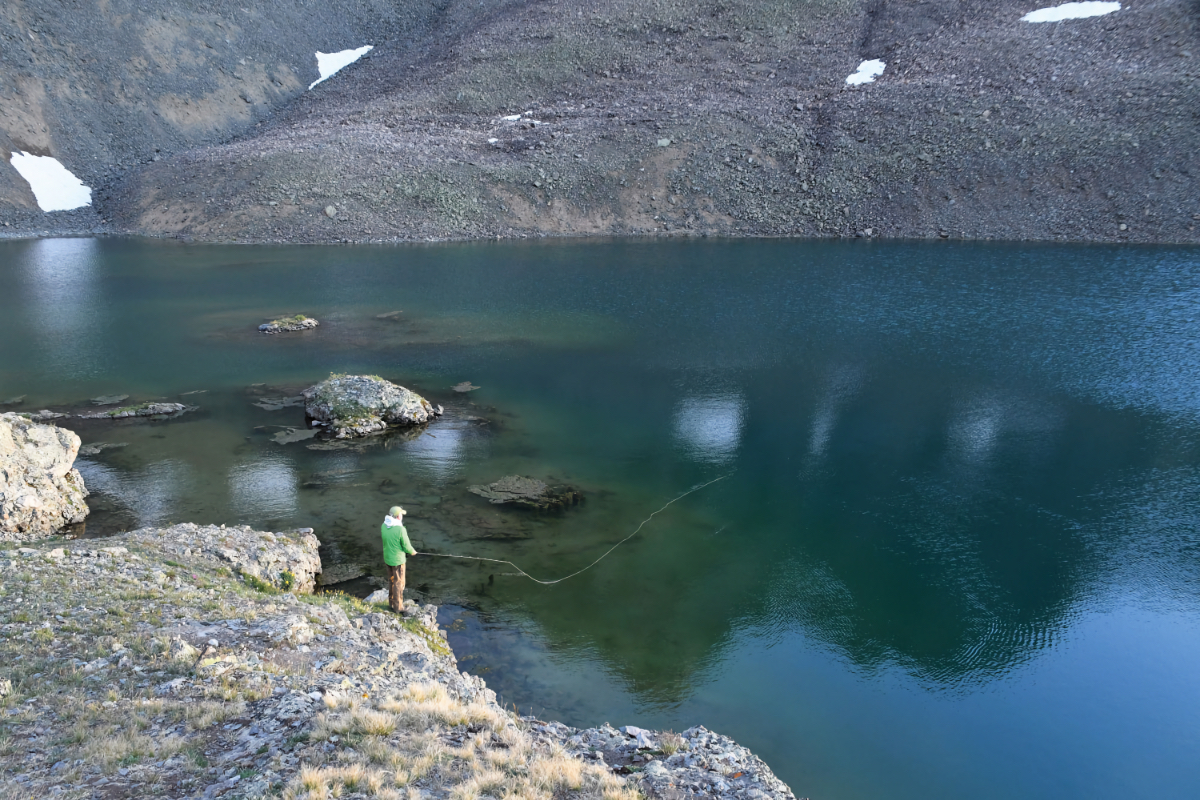
Photo Credit: Lisa Ballard
Water Warning
A mountain stream may look crystal clear, but what you can’t see—waterborne bacteria, protozoa, and viruses—can make you sick. The rule of thumb is to drink a quart of water for every two to three hours of hiking. Always carry enough water or know where you will find reliable sources along your route and how to purify it using a filter, chemicals (iodine, chlorine), and/or an ultraviolet purifier.
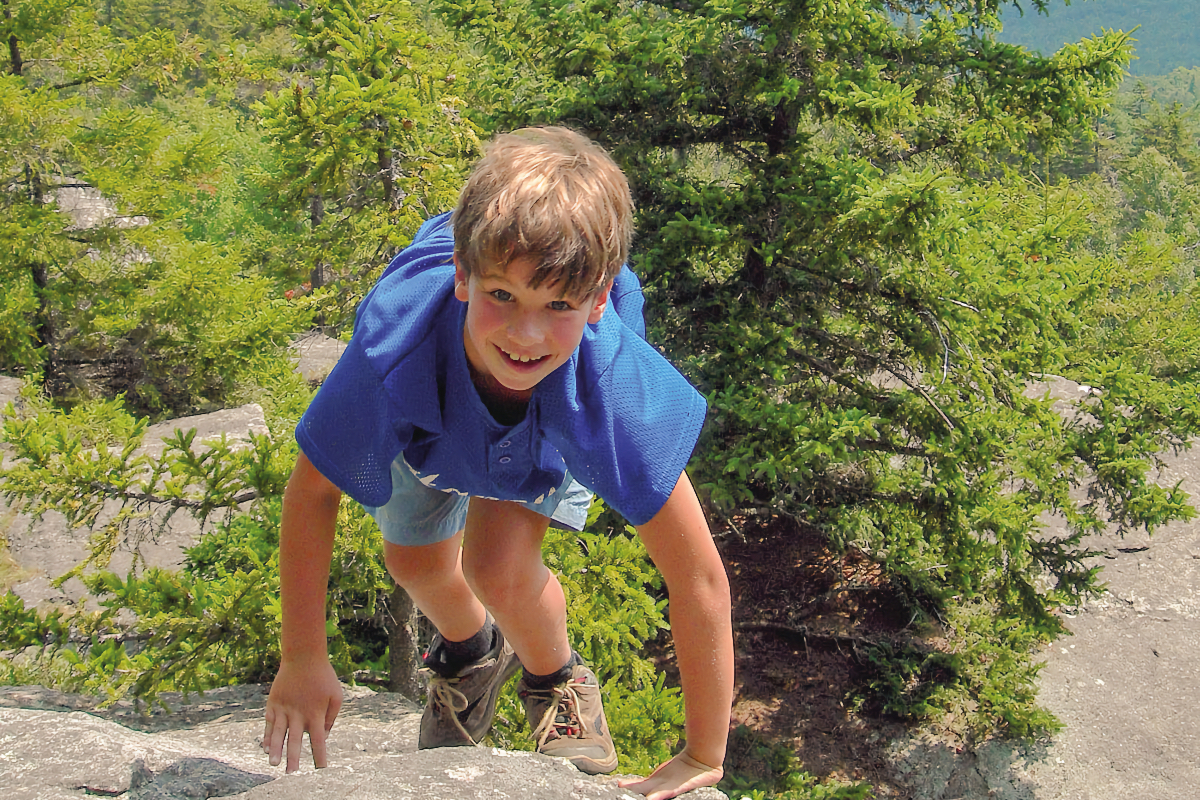
Photo Credit: Lisa Ballard
How Far Can My Kid Hike?
Once your child can walk, take their age and divide it in half to get the maximum age-appropriate mileage. For example, if your child is six years old, plan a hike that’s a total of three miles or less.
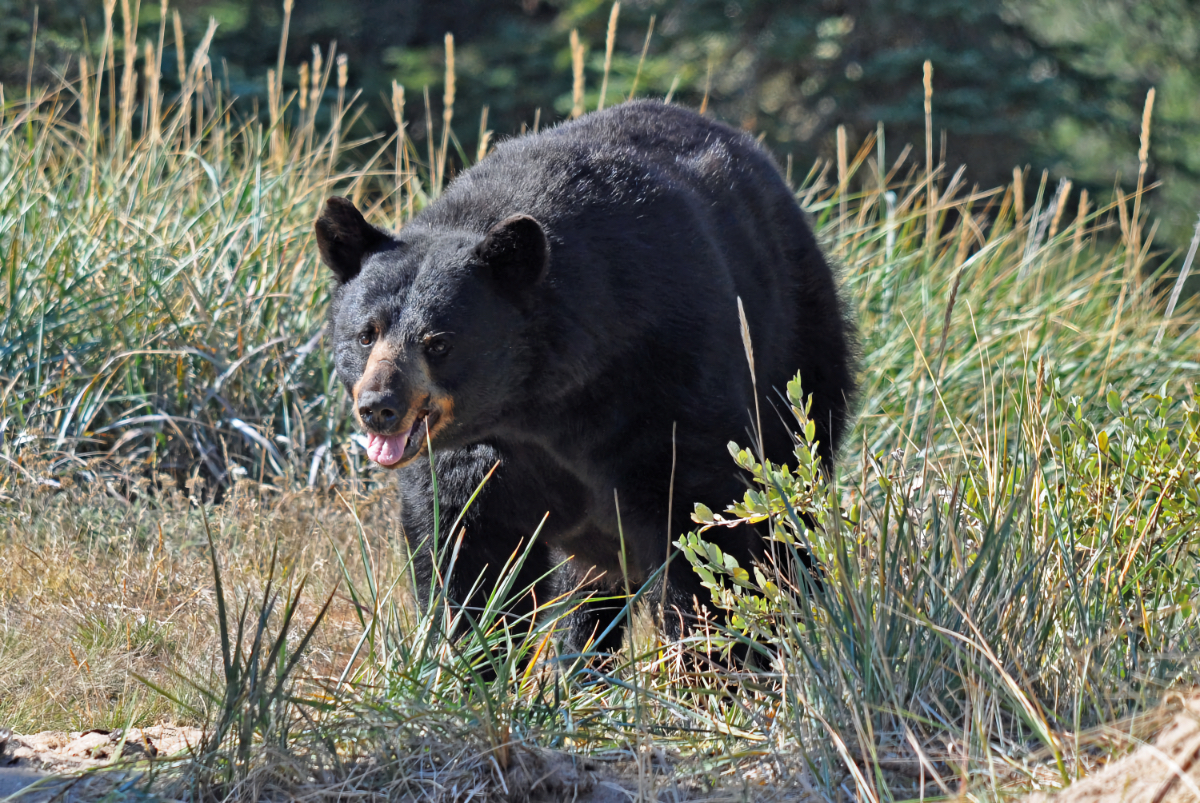
Photo Credit: Lisa Ballard
What Should I Do If…
A lightning-storm hits?
Get below tree line and have everyone in your group spread apart. If you can’t get below tree line, find the closest low spot and hunker down.
I get lost?
Stop moving and stay calm. Most people who lose the trail are within 300 yards of it, close enough to hear voices. Sound off periodically on a whistle to signal others who might be looking for you. If night approaches, call 9-1-1 if your cell phone works. If not, do what you can to make a shelter and stay warm until help arrives.
I see a bear?
Never approach a bear or other wild animals. Quietly back away. Don’t run, which can trigger a prey-chase response. Most bears don’t want to be around you either and will disappear into the woods; however, if a bear approaches, act “bigger” by opening your jacket, and make noise as you back away. If it continues toward you, be prepared to use the bear spray that you should always have on your belt while hiking in bear country.
Nature calls?
Bury it or pack it out, including the toilet paper.
I get wet and cold?
If you start shivering and can’t get warm, you’re in the early stage of hypothermia. Put on dry layers, stay out of the wind, and head for your RV.
I feel hot and dizzy?
You’re probably suffering from heat exhaustion, which can quickly turn into life-threatening heatstroke. Find shade and drink fluids. Soak some or all of your body (except your head) in a stream if possible. Otherwise, wet your shirt or a bandana, and apply it to your forehead, back of your neck, groin, underarms, and other hot spots until you feel better.
I get a blister?
Blisters form when your hiking shoes are too big, too small, or your feet are hot and/or wet. Catch it early when it’s merely a hot spot. Cover the spot with moleskin, tape, or a Band-Aid, which acts as a protective barrier.
I get hurt?
If you can return to the trailhead, do so, then seek treatment. If the injury is serious and you need to be rescued, call 9-1-1 if you have cell service. Otherwise, stay warm and try to stabilize the injury until help arrives.
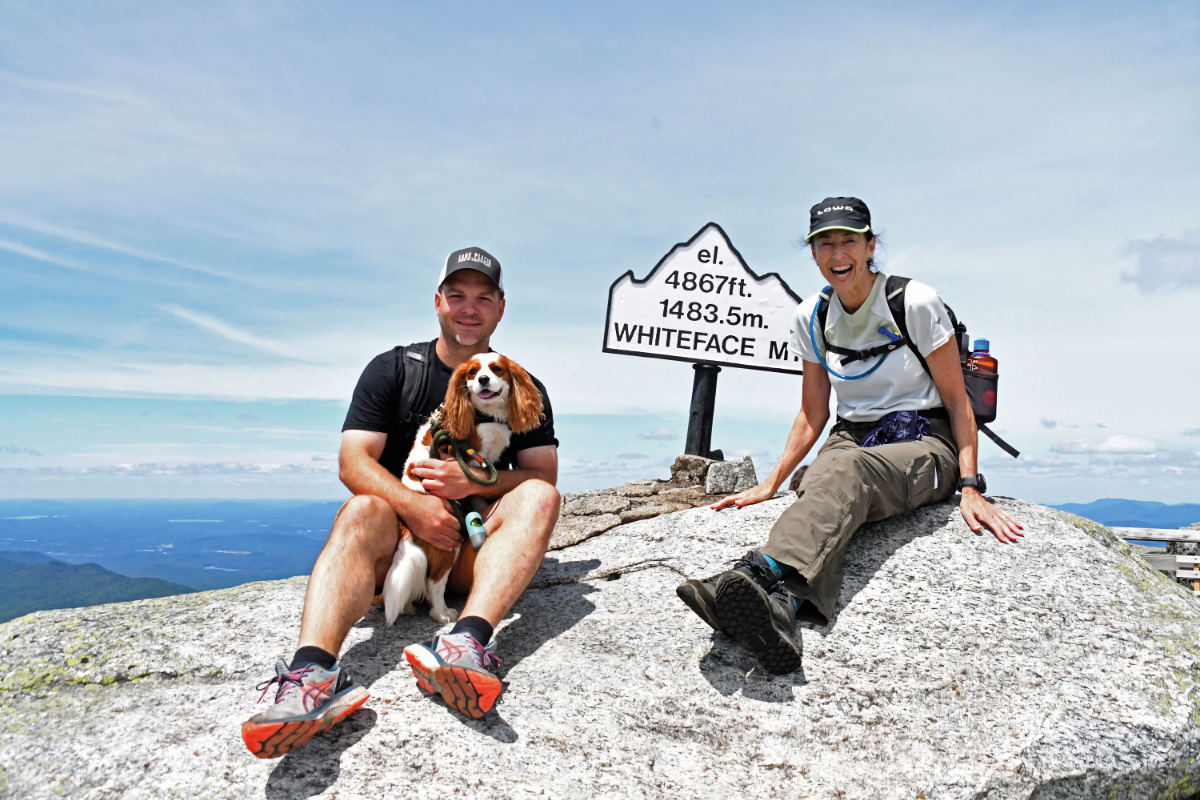
Photo Credit: Lisa Ballard
Doggie Do’s and Don’t’s
- DO check that the terrain is dog-friendly.
- DO bring water for your pet.
- DO keep your pet under your control at all times, either on a leash or via voice or whistle command.
- DO put your dog on a leash, especially when other hikers and pets approach you.
- DO bury or pack out pet waste to prevent the spread of disease to wildlife.
- DON’T let your pet chase wildlife.
- DON’T allow your pet to climb a fire tower. Many dogs panic on the lofty, scaffold-like steps.
- DON’T take your pet on a 10-miler if he normally only walks a mile a day.
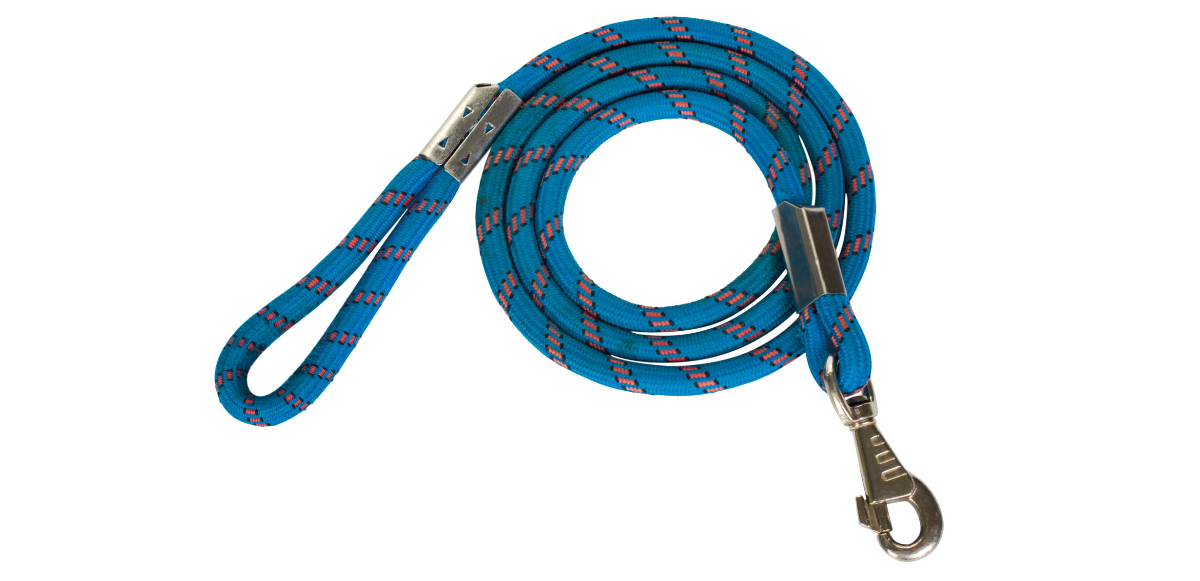
Photo Credit: Getty
Did You Know?
Hiking is good for your waistline. The average person uses 300 to 500 calories per hour hiking on moderate terrain. The heavier your pack and the more vertical the trail, the more you burn.

